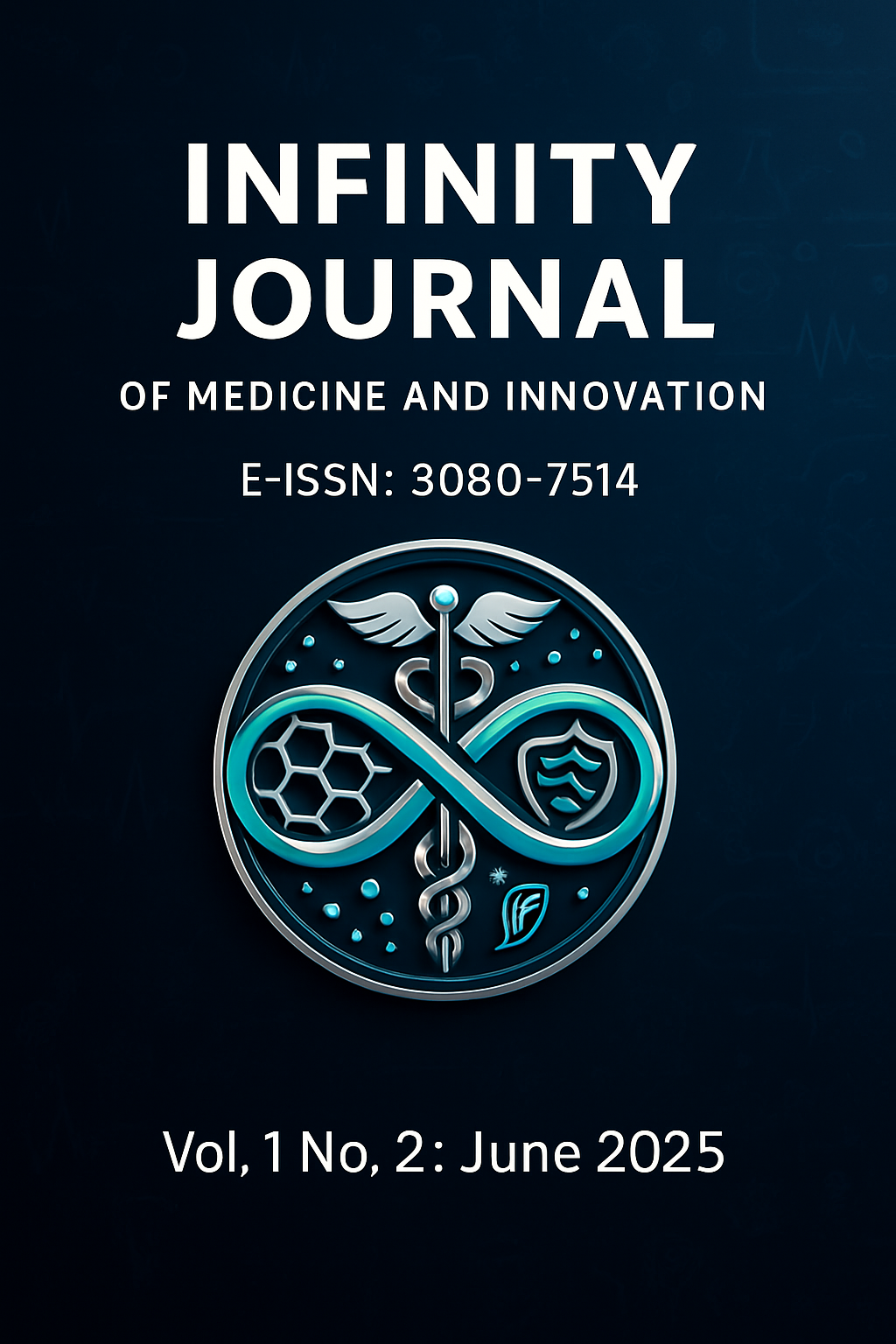Microbiological Profile of Bloodstream Infections in ICU Sepsis Patients: A Hospital-Based Study
الكلمات المفتاحية:
Pseudomonas stutzeri; bloodstream infection; community-onset; epidemiology; mortality, Bacteremia, BSIs, sepsis.الملخص
Background: Severe sepsis remains a critical medical condition with high morbidity and mortality rates. Identifying the causative pathogens is essential for effective treatment. This study aimed to determine the bacterial profile isolated from blood cultures of severe sepsis patients admitted to intensive and respiratory care units in Al-Hilla hospitals.
Methods: A total of 100 severe sepsis patients (aged 13–90 years) were enrolled from August 2023 to January 2024. Blood samples (7 mL) were collected from patients with abnormal complete blood counts (CBC) and C-reactive protein (CRP) levels >10 mg/L. Blood cultures were cultured on selective media (blood agar, MacConkey, etc.), then processed using the automated VITEK2 system (bioMérieux), followed by Ethical approval was obtained from the Babylon Health Directorate.
Results: Among 100 patients (mean age 59.60 ± 18.314 years), 25 (25%) had positive blood cultures. The most prevalent isolates were Stenotrophomonas maltophilia and Pseudomonas stutzeri (16% each), followed by Kocuria kristinae (12%). Staphylococcus aureus, S. epidermidis, and Escherichia coli each accounted for 8%, while other species (Streptococcus pneumoniae, Salmonella typhi, etc.) were detected in single cases (4% each).
Conclusion: Gram-negative bacteria, particularly S. maltophilia and P. stutzeri, were the predominant pathogens in sepsis patients. Continuous surveillance of microbial patterns is crucial for guiding empirical antibiotic therapy and improving clinical outcomes in sepsis management.
التنزيلات
منشور
كيفية الاقتباس
إصدار
القسم
الرخصة
الحقوق الفكرية (c) 2025 (e-ISSN: 3080-7514) مجلة اللانهاية للطب والابتكار

هذا العمل مرخص بموجب Creative Commons Attribution 4.0 International License.
Allows others to copy, modify, distribute, and reuse the research for any purpose (even commercially), provided that the original author is credited.






